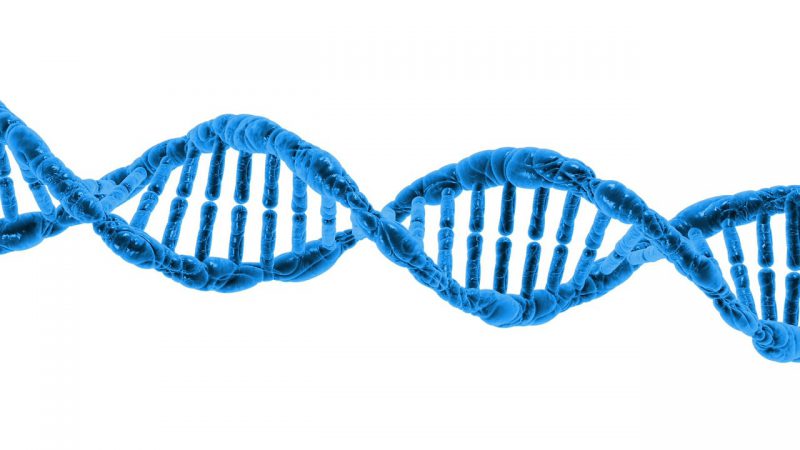DNA Testing in Criminal Justice: Background, Current Law, and Grants

Summary. Deoxyribonucleic acid, or DNA, is the fundamental building block for an individual’s entire genetic makeup. DNA is a powerful tool for law enforcement investigations because each person’s DNA is different from that of every other individual (except for identical twins). DNA can be extracted from a number of sources, such as hair, bone, teeth, saliva, and blood. As early as the 1980s, states began enacting laws that required the collection of DNA samples from offenders convicted of certain sexual and other violent crimes. The samples are analyzed and their profiles entered into state databases. In the late 1980s, the Federal Bureau of Investigation (FBI) Laboratory convened a working group of federal, state, and local forensic scientists to establish guidelines for the use of forensic DNA analysis in laboratories. The group proposed guidelines that are the basis of current national quality assurance standards, and it urged the creation of a national DNA database. The crimi
